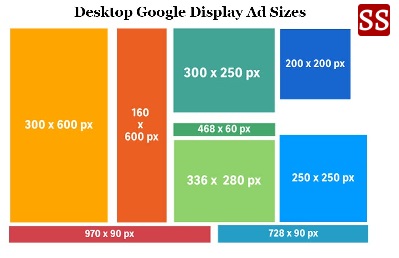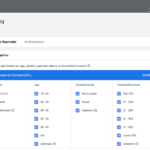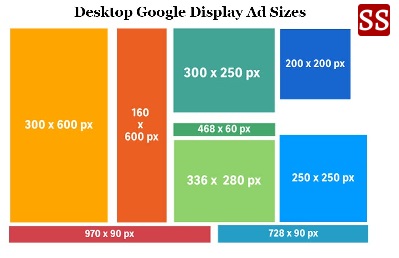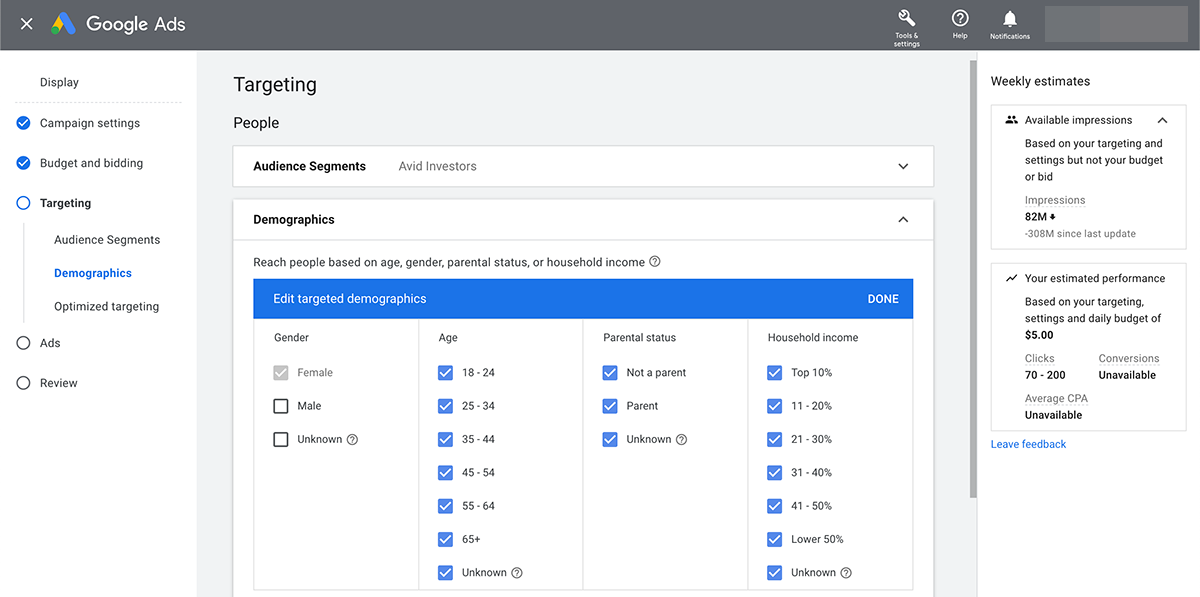Your Google Ads Worth It?
1. Define Your Campaign Goals :Your Google Ads Worth It?
Visual: Flowchart showing campaign dreams like brand recognition, lead technology, website traffic, and sales. Commence by determining the objective of your marketing campaign:
Brand Awareness: Focus on impressions and reach.
Lead Generation: Track shape submissions, calls, or signups.
Website Traffic: Track click on-thru rates (CTR) and bounce quotes.
Sales or conversion: Measure the transactions or other activities that lead to sales.
Clearly articulated goals allow for pertinent metrics to be evaluated and enhance your awareness of efforts in which they are meaningful.
2. Monitor Key Performance Metrics (Your Google Ads Worth It)Visual: Screenshot of a Google Ads dashboard showing metrics like CTR, CPC, and conversions.
Several KPIs help you degree Google Ads success:
Click-Through Rate (CTR)
Formula: CTR = (Clicks ÷ Impressions) × hundred
Why it matters: A high CTR means your advertisement is resonating with your target audience.
Ideal benchmark: 2 – five % (varies by firm).
Quality Score
What it is: Google charges your ad relevance, landing page experience, and expected CTR.
Why it’s important: A higher Quality Score lowers your fee-in line with-click (CPC) and improves advert placement. (Your Google Ads Worth It).
Cost-Per-Click (CPC)
What it is: The amount you pay for each click.
Why it matters: Helps gauge finances performance.
Conversion Rate (CVR)
Formula: CVR = (Conversions ÷ Clicks) × 100
Why it matters: Tracks how well your ad performs to prompt action.
3. Cost-Per-Acquisition (CPA) -(Your Google Ads Worth It)
Definition: The cost incurred in fetching a customer or lead.
Why it matters: It will keep your marketing campaign profitable.
Three. Track Performance Metrics Using Google Ads Tools
An infographic assessing the dashboards of Google Ads and Google Analytics.
Google Ads offers a range of tools to optimize performance.
Google Ads Dashboard: Review campaign performance indicators like impressions, clicks, and conversions.
Google Analytics: Understand publish-click on user conduct consisting of jump quotes and consultation period.
Conversion Tracking: Use tracking tags to track downloads or registrations, as well as purchases, etc.
Connecting Google Ads with Analytics provides a comprehensive overview of the effects of your marketing campaign.
4. Evaluate ROI and ROAS -(Your Google Ads Worth It)
Graphic: Bar graph of the ROI and ROAS cycles.
Return on Investment (ROI)
Formula: ROI = [(Revenue – Cost) ÷ Cost] × hundred
Purpose: Determines profitability.
Example: If you used $500 and made $1,500, your ROI will then be 2 hundred%.
Return on Advertising Expenditure (ROAS)
Formula: ROAS = Revenue ÷ Ad Spend
Ideal benchmark four:1 or better.
Example: If you spent $500 on commercials, and generated a sale of $2,000, then your ROAS is four:1.
5. Examine Audience Insights Visual: Pie chart or heatmap displaying target audience demographics and geographics. Understanding your target market is key to marketing campaign achievement:
Demographics: Inventory age, gender and area reports.
Devices: Compare the performance over cellular, computer, and tablet.
Time of Day: Determine when your audience is most energetic.
Use this information to refine targeting and bidding strategies.
6. Campaign Performance Optimization Visual: Comparison of A/B test results in two columns for advertisement versions. A/B Testing. (Your Google Ads Worth It)
Test unique advert copies, headlines, and visuals to see what drives higher outcomes.
Negative Keywords Eliminate irrelevant searches to ensure that your advertisements are optimally displayed to verified users.
Budget Changes Re-assign budgets closer to over-looking appearing campaigns or key phrases.
7. Benchmark Performance
Visual: Table Comparing Your Campaign Metrics to Industry Averages. Compare your metrics against industry requirements: Average CPC: $1-$2 (search network), <$1 (display network). Average CTR: 2-3% (seek), zero.5-1% (show). Conversion costs: 2-five%. This helps you establish if your campaign is assertive. 8. Consistent Documentation Visual: Dashboard example with line charts and KPIs. Set up weekly or monthly reviews to assess how things are going and alter techniques. Use visuals like line charts or fashion graphs to pick out styles. (Your Google Ads Worth It).
For More: How Google Ads Saves You Time and Money









